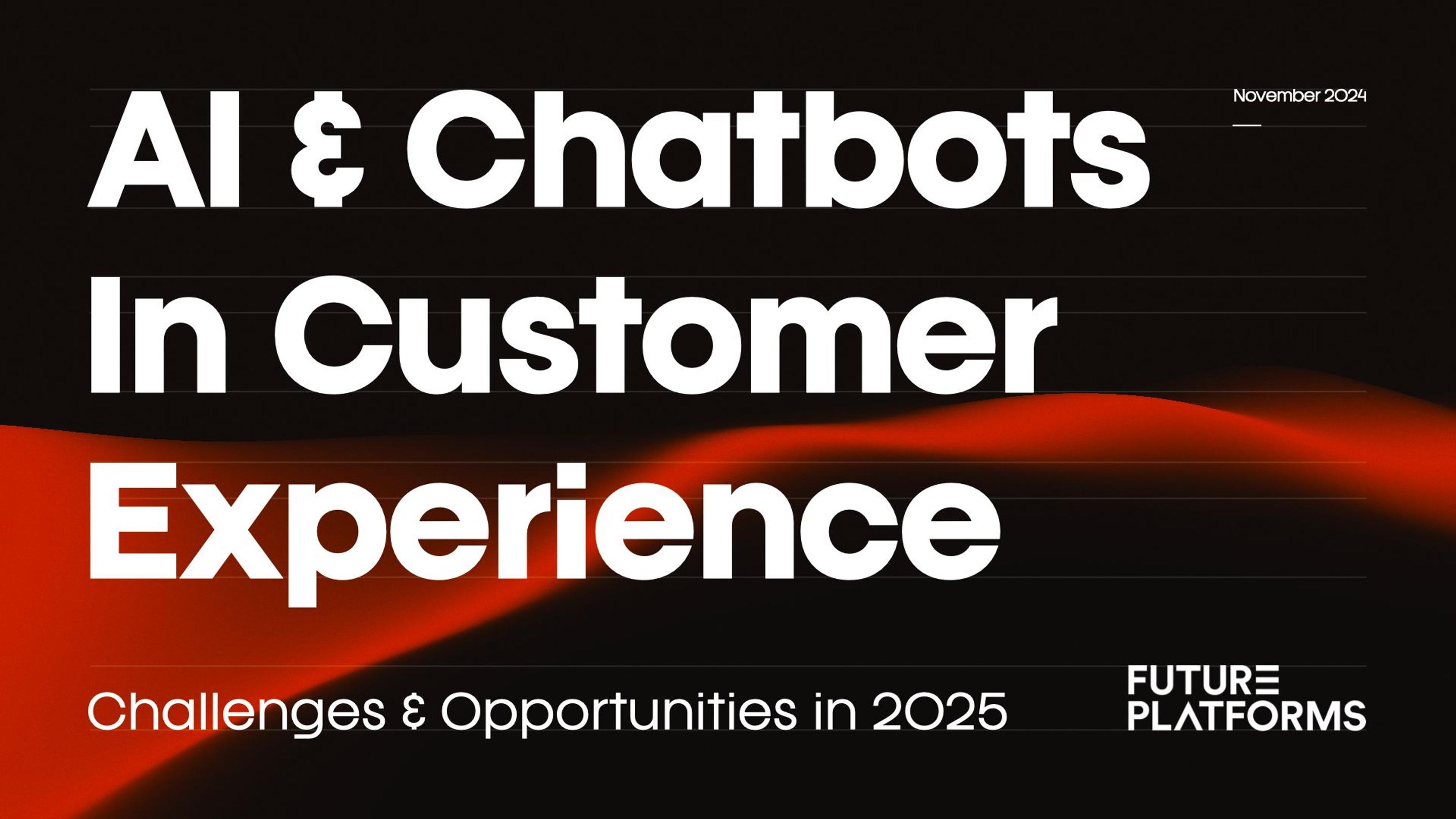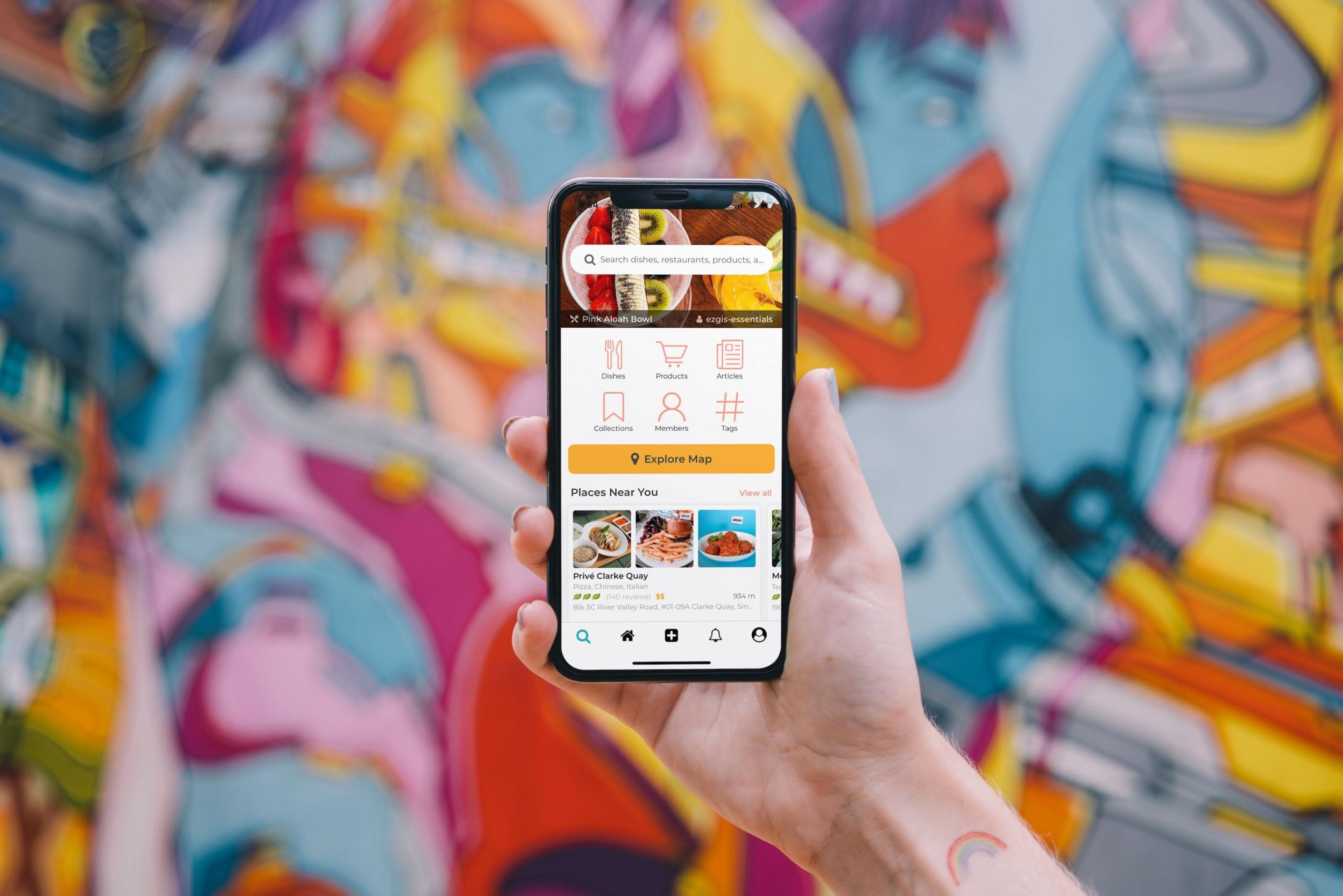How COVID-19 has Accelerated Digital Transformation in the Restaurant Industry

In April, Microsoft CEO Satya Nadella announced that his customers were trying to accomplish “two years’ worth of digital transformation in two months”.
What accelerated this digital transformation was the outbreak and unfortunate repercussions of COVID-19.
Several industries have been affected, among them, fast food/quick-service restaurants (QSRs). Various fast food restaurants were forced to shut many of their physical stores and operate purely as takeaway services. Many already had digitally-enabled delivery options available. Those that didn’t were left in a more unfavourable situation.
For now, restaurants have to go beyond mobile ordering and master other COVID-compliant regulations, such as contactless delivery. Those that already had digital solutions in place were better-equipped to responding quickly to the pandemic in an agile way.
Yum! Brands in China, which owns KFC, Taco Bell, and Pizza Hut, was one of the first fast food retailers to experience the effects of the pandemic. The brands quickly responded by making a change to their operating model and offering digital ordering, which accounts for about 40 percent of its sales – up by 10 percent from pre-COVID-19 levels.
The current crisis has not only accelerated digital transformation in this sector but it has also changed consumer habits in a way that might stick post-pandemic. A technology-enabled way of operations could be the way to serve up what consumers need.
Changing consumer behaviour
In the UK, fast food restaurants have either completely closed or are offering limited services of takeaway, drive-through, or delivery.
In China, where some social-distancing measures have loosened, consumer surveys have revealed three trends that could play out in the UK as well, post-crisis:
The industry’s challenges are unique. The challenges are dependent on each restaurant’s positioning prior to the pandemic, including whether they already had digital solutions in place, or what their financial and market position was. As well as this, they have to navigate changing consumer behaviour and compliance with government COVID-19 guidelines.
To provide peace-of-mind for customers, fast food retailers have had to increase health and sanitations in stores and accelerate digital plans to ensure they can remain in business. Some have widened their offerings to ensure that consumers have access to items they need and would traditionally purchase in supermarkets. This includes grocery items such as bread, fruit, and beverages.
So, as consumers demand more choice, fast food restaurants are expanding their menus and their cleaning efforts to keep up with rising demands, and this includes embracing digital and technology solutions.
Digital acceleration
As the pandemic forced the world to shift to contactless delivery, many restaurants embraced digital ordering and payment at breakneck speeds. COVID-19 has also accelerated the shift to contactless delivery.
From all businesses in the restaurant industry, fast food retailers are set to be the best at bouncing back as many had already established delivery services, drive-throughs, or some sort of digital strategy in place.
Let’s take McDonalds for example – the fast-food giant has already been prioritising digital transformation for several years. It has drive-throughs in almost every location and has even invested in AI technology to overhaul the operating model for these, in an effort to provide a more personalised experience.

Drive-throughs are accounting for 90 percent of total business, which has given fast food retailers a leg up. This has allowed them to get back to business faster as lockdown restrictions ease; in the UK, McDonald’s has reopened 33 drive-throughs. Looking at China, where only 15 percent of restaurants have drive-through, emergence from lockdown has been more focused on re-opening branches and digitising as much customer engagement as possible.
There are definitely learnings from this for restaurants who don’t have the luxury of operating as a drive-through business: consumers are utilising delivery and mobile apps more than ever. CEO of Jack in the Box, Lenny Comma, has said that users of its app have doubled since the pandemic. Likewise, at Yum! Brands, KFC’s digital ordering portal drove 40 percent of contactless sales.
Digital has an even bigger role to play than just driving sales, however. It’s helping to keep people safe by ensuring safety guidelines are followed by promoting social distancing and remote ordering and delivery.
People-first approach
At the end of the day, it’s people that will keep businesses going. This includes staff and customers. Any digital solutions that are implemented should follow the people-first approach. Think about what frustrations your staff and your consumers are facing, and how digital can help solve these.
A bespoke delivery system, for example, can help you track the progress of a delivery and communicate this with consumers so that they’re informed about an order. This gives consumers peace of mind about an order but it also allows managers to gather valuable data.
The data gathered can help managers make more informed decisions about how to most efficiently complete a delivery. Delivery and operations systems, like the ones we have created for Domino’s Pizza, give information about:
A key strategy for success during and post-pandemic is to embrace digital and personalise customer experiences. This includes making ordering tailored to each customer (which can be achieved through digital solutions) and activating customer loyalty programs.
Mastering contactless service, delivery, digital, and customer experience will be critical for restaurant survival and success.
Start preparing now for better days ahead. Get in touch with our team for a free consultation about how your restaurant business can bounce back. We also have numerous resources about different technology and digital solutions you can start implementing to create better customer experiences to improve revenue and profit.
Insights

How to Create a Digital Products to Boost Loyalty

AI & Chatbots in Customer Experience (CX): Challenges & Opportunities In 2025

What Creates Brand Loyalty in Sports? | Future Platforms

10 everyday planet-friendly actions you can take now

Future Platforms Appoints Remy Brooks as Head of Strategy to Drive Business Innovation
